
Jump to:
- #1. The First European Contact The Creek Tribe Had With Europeans Was With The Spanish.
- #2. Beginning Of The Creek Confederacy
- #3. They Sided With The British During The American Revolution
- #4. The Choctaw And Creek Had A Violent Game Of Ball
- #5. Five Civilized Tribes Begin To Form Under George Washington
- #6. The Creek Tribe Took Part In The Fort Mims Massacre
- #7. The Creek Tribe Took Part In The Seminole War
- #8. Creeks Were Removed Through The Indian Removal Act
- #9. Support For The Confederacy Was Split Among Creeks
#1. The First European Contact The Creek Tribe Had With Europeans Was With The Spanish.
The Spanish Conquistadors had begun to explore all over the southern portion of the New World. Juan Ponce de Leon was the first conquistador to come into contact with this Mississippian culture and was followed by Lucas Vazques de Ayllon.
From 1540 to 1543, Hernando de Soto explored through present-day Florida and Georgia and then westward into the Alabama and Mississippi area. The areas were inhabited by the Creek tribe.
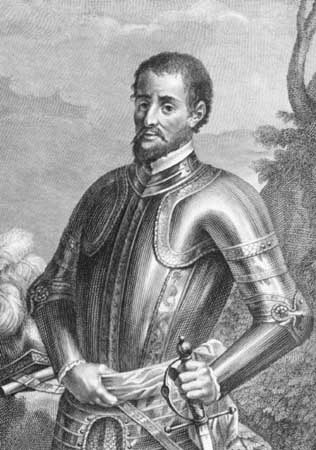
#2. Beginning Of The Creek Confederacy
The Spanish brought with them diseases that the Native Americans did not have any immunity to. This resulted in many tribes having large chunks of the population wiped out and a quick decline in power for many Northeast and Southeast tribes.
The Spanish also began to enslave many Native Americans, which included the Muscogee-speaking people who resided in the Southeast. These tribes would begin a loose confederacy to push back against the enslavement of their tribesmen and the encroachment of the colonists.
#3. They Sided With The British During The American Revolution
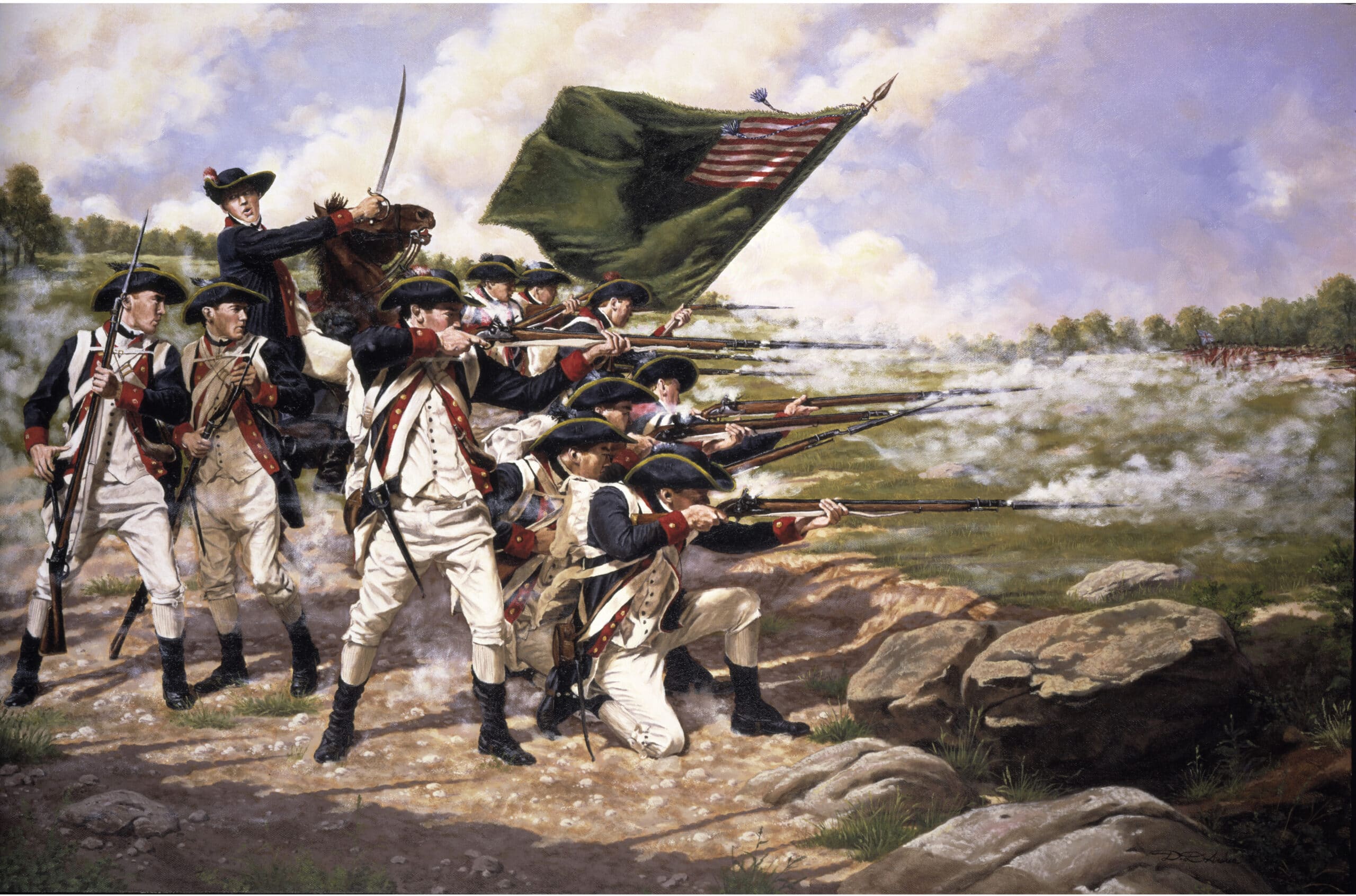
During the American Revolution, the Upper Creeks sided with the British, fighting alongside the Chickamauga (Lower Cherokee) warriors of Dragging Canoe in the Cherokee–American wars against white settlers in present-day Tennessee.
This alliance was orchestrated by the Coushatta chief Alexander McGillivray, son of Lachlan McGillivray, a wealthy Scottish Loyalist fur trader and planter whose properties were confiscated by Georgia.
His ex-partner, Scots-Irish Patriot George Galphin, initially persuaded the Lower Creeks to remain neutral, but Loyalist Capt. William McIntosh led a group of pro-British Hitchiti, and most of the Lower Creeks nominally allied with Britain after the 1779 Capture of Savannah.
Creek warriors fought on behalf of Britain during the Mobile and Pensacola campaigns of 1780–81, where Spain re-conquered British West Florida.
Loyalist leader Thomas Brown raised a division of King's Rangers to contest Patriot control over the Georgia and Carolina interior and instigated Cherokee raids against the North Carolina backcountry after the Battle of King's Mountain.
He seized Augusta in March 1780 with the aid of an Upper Creek war party, but reinforcements from the Lower Creeks and local white Loyalists never came, and the Georgia militia led by Elijah Clarke retook Augusta in 1781.
The next year, an Upper Creek war-party trying to relieve the British garrison at Savannah was routed by Continental Army troops under General 'Mad' Anthony Wayne.
#4. The Choctaw And Creek Had A Violent Game Of Ball
In 1790, the Creek and Choctaw were in conflict over land near the Noxubee River. The two nations agreed to settle the dispute by ball-play.
With nearly 10,000 players and bystanders, the two nations prepared for nearly three months.
After a day-long struggle, the Creek won the game. A fight broke out, and the two nations fought until sundown with nearly 500 dead and many more wounded.
#5. Five Civilized Tribes Begin To Form Under George Washington
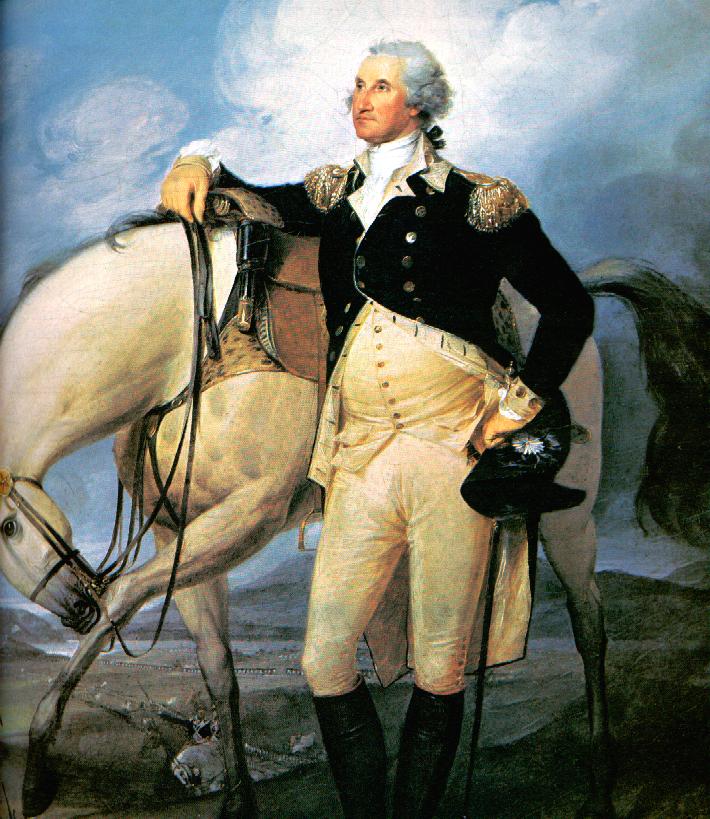
George Washington, the first U.S. president, and Henry Knox, the first U.S. Secretary of War, proposed a cultural transformation of the Native Americans.
Washington believed that Native Americans were equals as individuals but that their society was inferior. He formulated a policy to encourage the "civilizing" process, and it was continued under President Thomas Jefferson.
They presumed that once the Indians adopted the practice of private property, built homes, farmed, educated their children, and embraced Christianity, these Native Americans would win acceptance from white Americans."
Washington's six-point plan included impartial justice toward Indians, regulated buying of Indian lands, promotion of commerce, promotion of experiments to civilize or improve Indian society, presidential authority to give presents, and punishing those who violated Indian rights.
The Creeks would be the first Native Americans to be "civilized" under Washington's six-point plan. Communities within the Cherokee, Chickasaw, Choctaw, and Seminole tribes followed Creek's efforts to implement Washington's new policy of civilization.
#6. The Creek Tribe Took Part In The Fort Mims Massacre
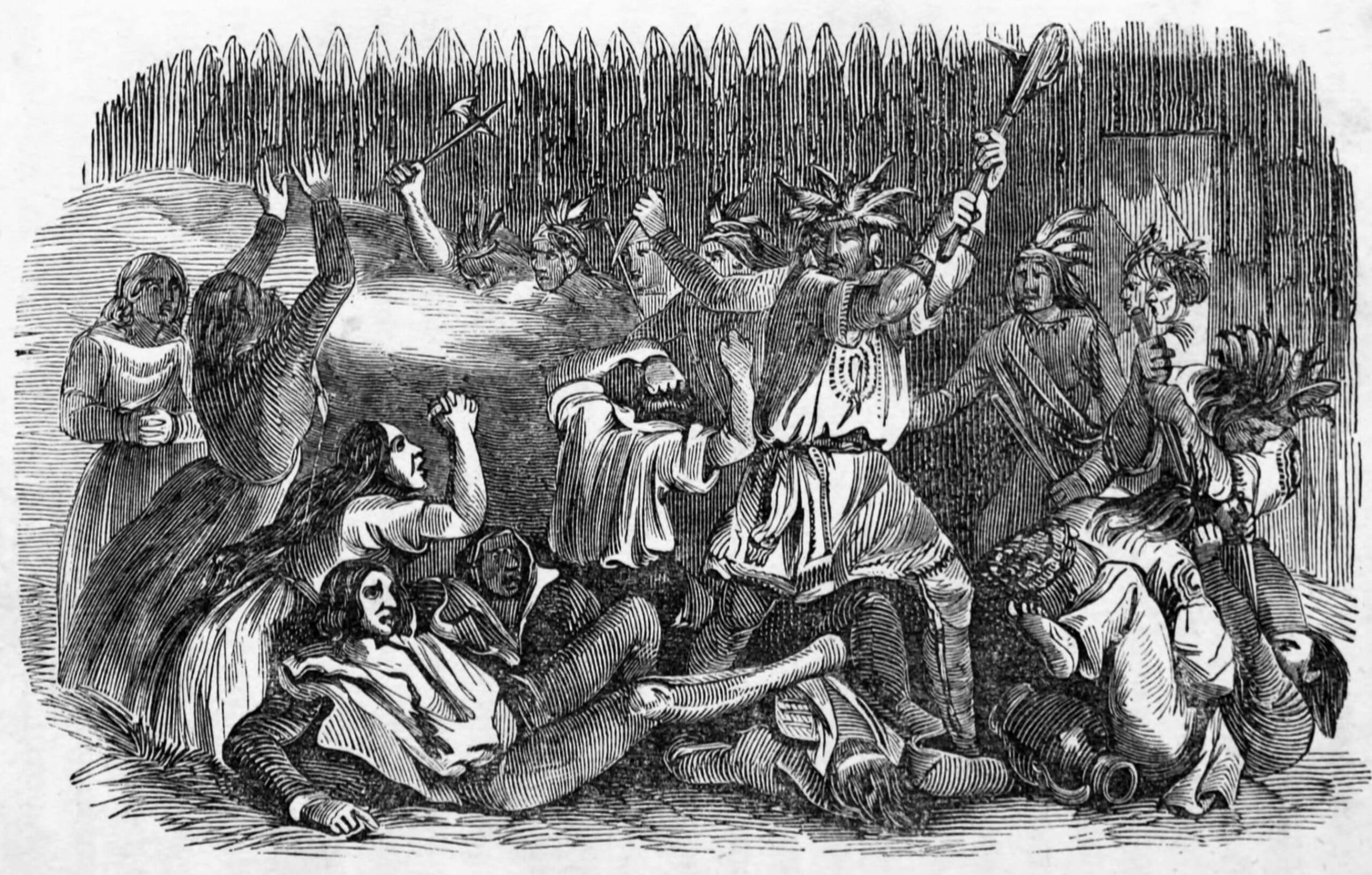
On August 30, 1813, Red Sticks (a band of Creeks) led by Red Eagle William Weatherford attacked Fort Mims, where white settlers and their Indian allies had gathered.
The Red Sticks captured the fort by surprise and carried out a massacre, killing men, women, and children.
They spared only the black slaves whom they took as captured booty. After the Indians killed nearly 250–500 at the fort, settlers across the American southwestern frontier were in a panic.
Although the Red Sticks won the battle, they lost the war.
The Red Stick victory spread panic throughout the southeastern United States, and the cry "Remember Fort Mims!" was popular among the public wanting revenge.
With Federal troops tied up on the northern front against the British in Canada, the Tennessee, Georgia, and Mississippi Territory militias were commissioned and invaded the Upper Creek towns.
They were joined by Indian allies, the Lower Creek under William McIntosh and the Cherokee under Major Ridge.
Outnumbered and poorly armed, much too far from Canada or the Gulf Coast to receive British aid, the Red Sticks put up a desperate fight, but it would not matter.
The Americans easily defeat the Creek tribe and, after a few months of resistance, would finish those that escaped.
#7. The Creek Tribe Took Part In The Seminole War
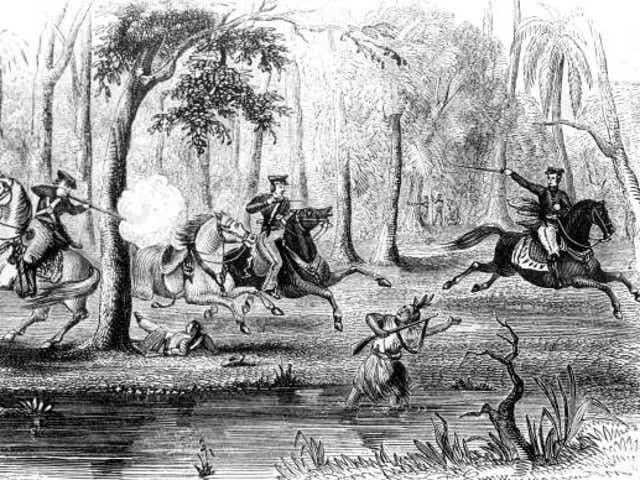
After their defeat during the Creek Wars, many of the Creek tribe escaped to Florida, where they would join the Seminole Tribe.
They would use Florida, owned by the Spanish, to do quick raids and then vanish across the border. General Andrew Jackson grew tired and would invade Spain to put down the raiding Indians.
Jackson's victory forced Spain to sign the Adams–Onís Treaty in 1819, ceding Florida to the U.S. In 1823, a delegation of Seminole chiefs met with the new U.S. governor of Florida, expressing their opposition to proposals that would reunite them with the Upper and Lower Creek, partly because the latter tribes intended to enslave the Black Seminoles.
#8. Creeks Were Removed Through The Indian Removal Act
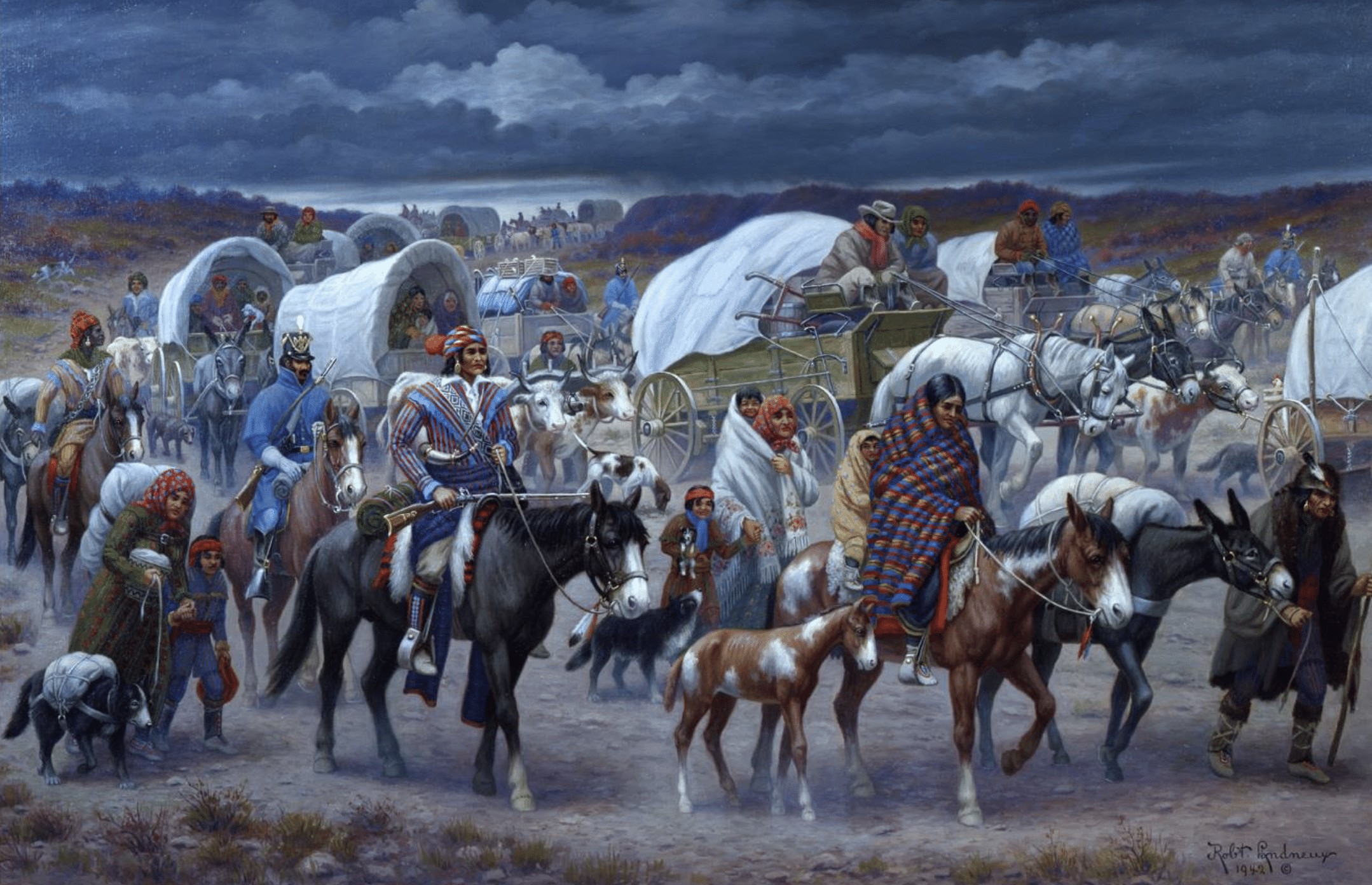
The Creeks, unlike many other tribes at this time, did not have much leverage when the Indian Removal Act was passed.
They had been violent and an enemy to the United States since its founding, so it was clear that they would be one of the first removed from their lands.
After it was passed, the Creek tribe would join others on the Trail of Tears.
#9. Support For The Confederacy Was Split Among Creeks
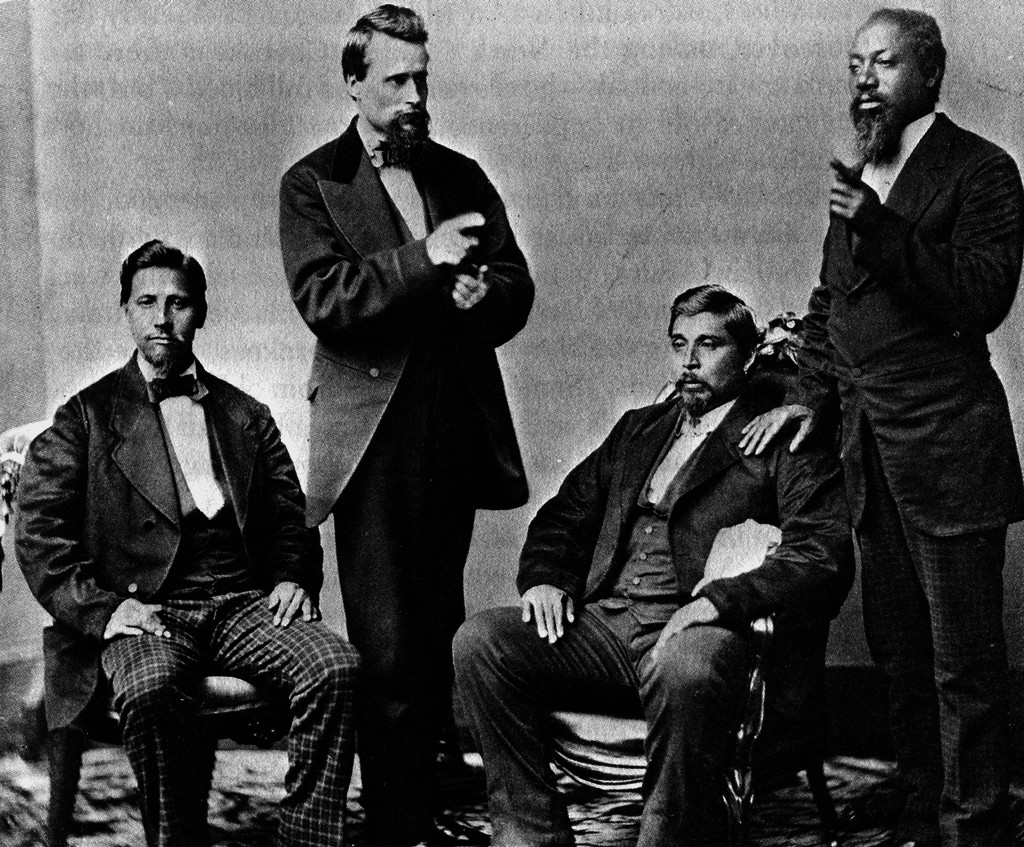
At the start of the Civil War, the Creeks tried to remain neutral. Opothleyahola sent President Abraham Lincoln a letter requesting help for the Union loyalists. Lincoln obliged and told him to move his tribe to Fort Row in Kansas.
Unfortunately, many of the Creek Tribe supported the Confederacy, and after the war, the United States government required a new treaty that would require the tribe to emancipate their slaves.
The government would also require some of their lands to be settled by their freed slaves.
